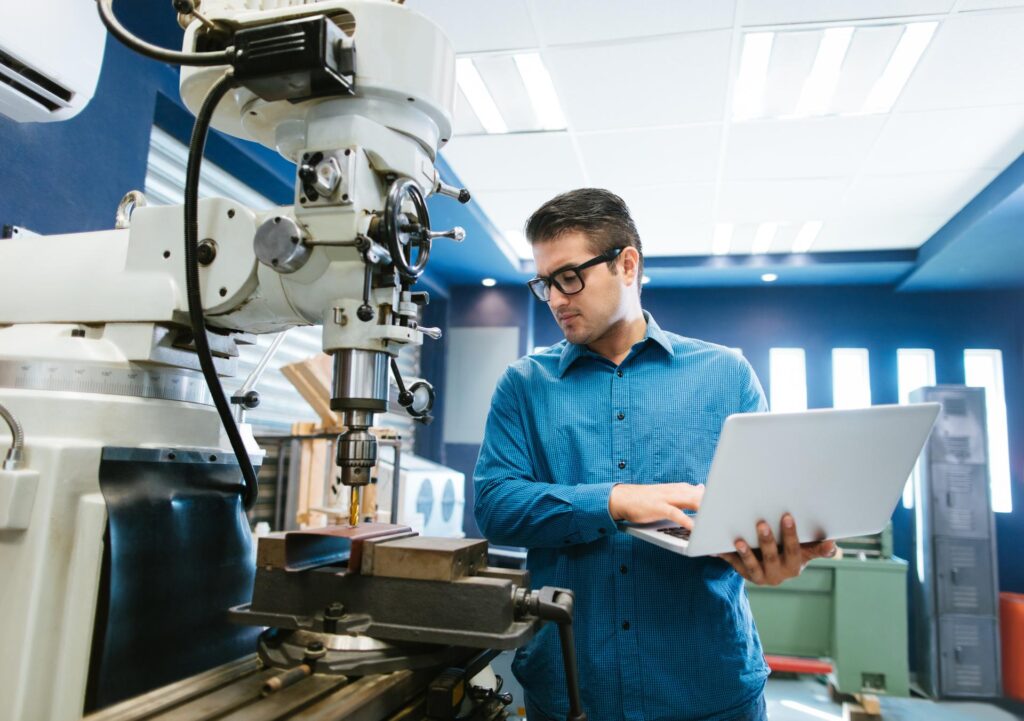We live in a world that worships speed. Fast food. Fast internet. Fast-track promotions. Even business decisions are expected to happen in real time. But while speed grabs the spotlight, accuracy quietly ensures everything runs smoothly behind the scenes. And when it comes to managing quality in ISO-certified environments, calibration is that unsung hero—often overlooked, yet essential.
Think about it. Would you trust a weighing scale that adds two extra kilos every time you step on it? Probably not. Now imagine running a production line or approving product batches using instruments that haven’t been calibrated properly. The results? Faulty data, poor decisions, and potentially thousands in rework or recall costs.
Calibration management is not just about ticking an audit box. It’s the discipline of ensuring that every tool and sensor used in measurement—from thermometers and pressure gauges to flow meters and torque wrenches—provides results that are accurate, consistent, and traceable. Under ISO 9001 and related standards, this isn’t optional, it’s a core requirement.
Yet in many companies, especially those speeding through digital transformation, calibration often takes a back seat. There’s a perception that once a tool is digital or automated, it’s forever accurate. That’s a myth. Even the smartest sensors can drift out of spec. And when they do, the damage is rarely visible—until it’s too late.
Let’s explore a scenario that’s all too common. A beverage manufacturer upgrades to a high-speed filling machine. Over a few months, a miscalibrated flow sensor causes every bottle to be underfilled by 2ml. The difference isn’t noticeable to the eye, but one customer catches on and raises a complaint. After a thorough investigation, the company is forced to recall an entire product, losing revenue, reputation, and the client’s trust. The issue? A simple missed calibration check.
This highlights a truth many forget inaccuracy is a silent killer. It won’t always announce itself, but when it strikes, the impact can be huge.
As industries embrace Industry 4.0 and smart manufacturing, calibration matters even more. All that cutting-edge tech, your real-time dashboards, your predictive analytics, your AI-driven insights, is only as reliable as the data feeding into it. If that data is built on flawed measurements, the entire system is at risk.
Today’s calibration management isn’t about filing paper logs and hoping for the best. Many organizations are investing in cloud-based calibration software that automates scheduling, sends alerts for due dates, and maintains secure digital records that are audit-ready at a click. Some systems even support predictive calibration, analyzing usage patterns and performance data to recommend optimal calibration timing—saving money without compromising quality.
These tools are particularly useful for ISO-certified businesses undergoing remote audits, where digital traceability is critical. A well-managed calibration system can not only ensure compliance but also demonstrate to clients and auditors that quality is baked into your processes, not just sprinkled on top.
In sectors like aerospace, medical devices, automotive, and food manufacturing, where a fraction of a millimeter or a few degrees can mean the difference between safety and failure, calibration isn’t just important—it’s vital. It builds trust, supports consistency, and reinforces your commitment to delivering quality with confidence.
So, while the world continues to chase speed, smart businesses know that accuracy is what keeps you in the race. Calibration may not win headlines, but it wins trust, audits, and long-term clients. In today’s fast-paced digital world, that makes it more relevant than ever.

